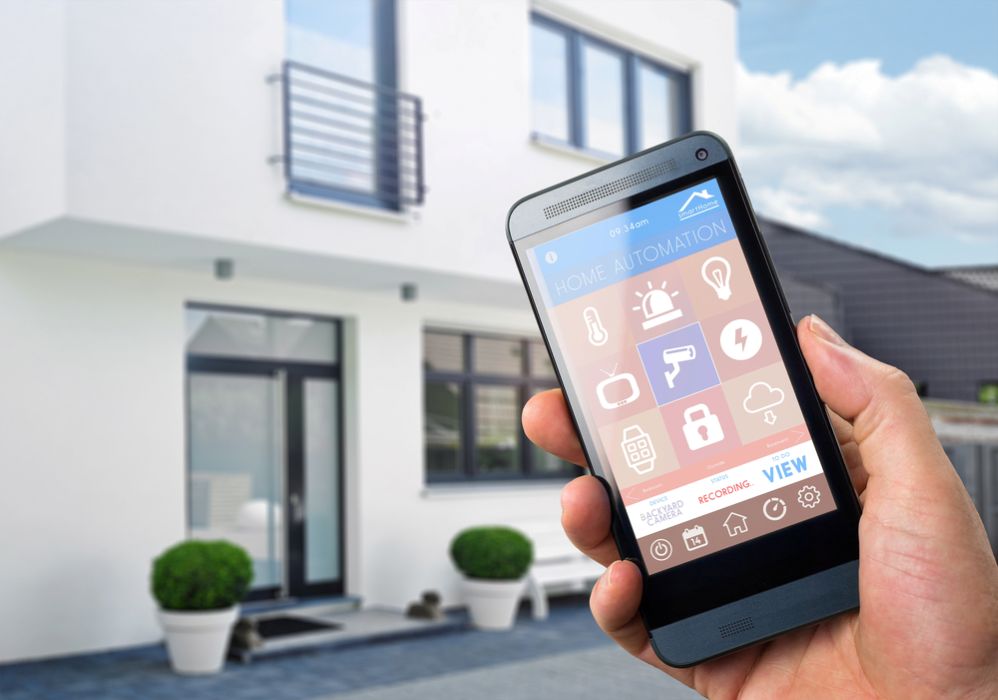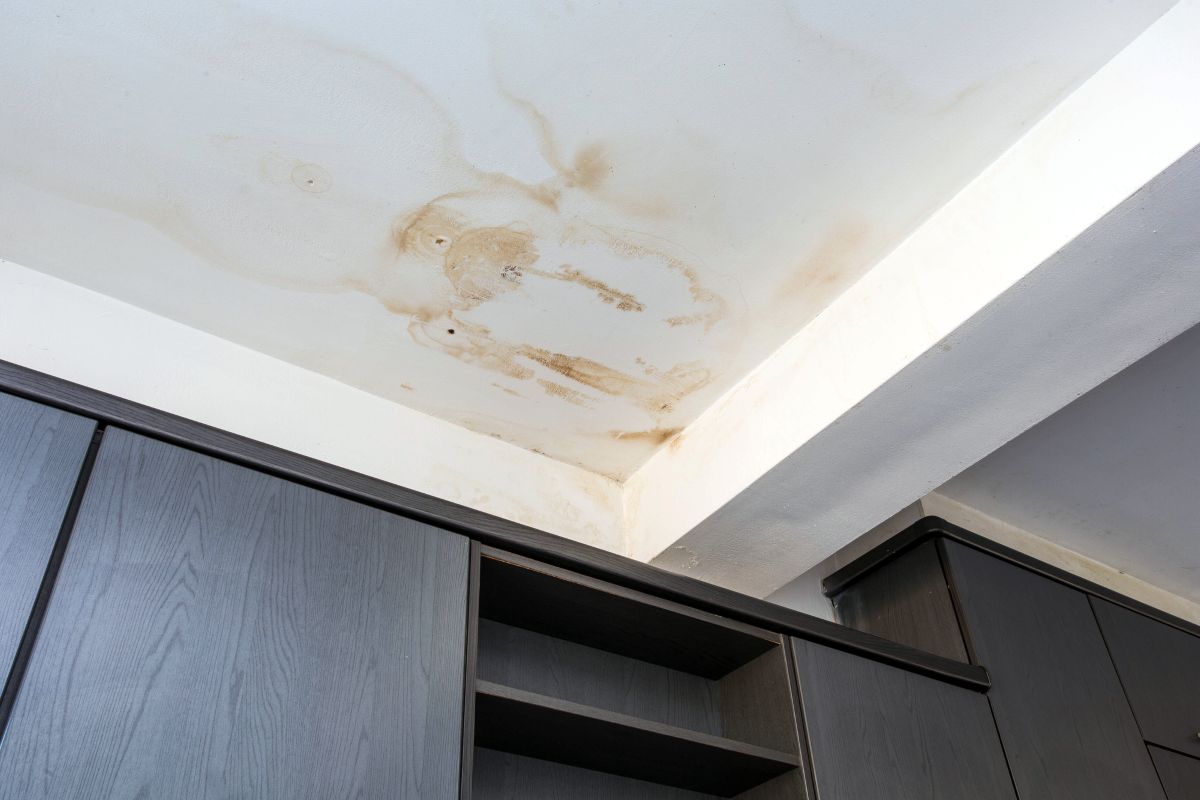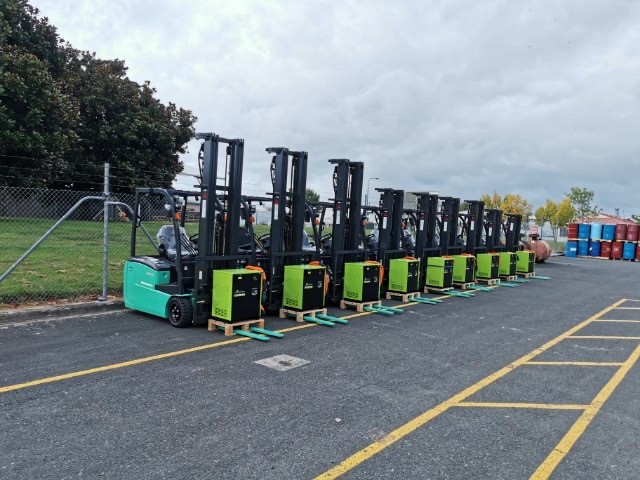Smart alarm systems have moved from futuristic gadgets to everyday essentials. As burglary tactics evolve and connected living becomes the norm, outdated alarms are struggling to keep up. More households are realising that traditional security setups are no longer cutting it. The shift is clear: homes across New Zealand are adopting smarter, faster, and more reliable protection. This trend reflects a deeper need for security systems that keep pace with modern lifestyles and growing urban safety concerns.
Key Takeaways
- Smart alarms are now more affordable, effective, and user-friendly than ever
- Hamilton homes are increasingly being targeted by opportunistic break-ins
- Traditional systems can’t match the features or response time of today’s smart tech
- Choosing the right smart alarm involves more than picking what’s on sale at Mitre 10
- Remote access and integrated home control are now standard expectations, not luxuries
The Problem With Traditional Alarm Systems
Delayed responses and false triggers
Old-school alarms typically rely on loud sirens to scare off intruders. While the noise might rattle a few nerves, it rarely leads to immediate intervention. These systems also suffer from high false alarm rates, often triggered by pets, drafts, or power surges. Over time, this undermines trust in the system. Police response can also be slow if the system isn’t monitored, rendering it more of a psychological barrier than a practical defence.
No integration with modern security needs
Traditional alarms operate as stand-alone systems. There is no real-time monitoring, no mobile notifications, and no link to other devices in the home. This lack of integration leaves homeowners blind when it matters most. Without mobile access or cloud connectivity, they’re unable to check or manage security when away from the property. These limitations expose homes to unnecessary risk, especially in high-traffic areas or during holiday periods.
What Makes a Smart Alarm Smart Today
Real-time mobile alerts
Smart alarm systems push instant notifications to mobile devices the moment something seems off. Whether away on holiday or just at the local shops, homeowners receive real-time alerts, often complete with live footage. This drastically cuts down response time and keeps users in control. Many systems also allow users to take action directly from the app, such as contacting emergency services or speaking through intercom features.
Integration with other smart home features
Modern systems work in sync with doorbell cameras, smart locks, lighting controls, and even voice assistants. This means a single app can now handle security arming, camera viewing, and visitor identification. Smart alarms also allow scheduling, remote access, and zone customisation. Some setups even include geofencing, automatically arming the system when users leave the property and disarming when they return.
AI-powered false alarm filtering
The latest systems incorporate artificial intelligence to learn daily routines and spot genuine threats. They differentiate between a pet crossing the hallway and a person attempting entry. This dramatically reduces false alarms and keeps the system focused on real risks. With continued learning, these systems get more accurate over time, adapting to seasonal habits and recognising normal household activity.
Why More Hamilton Homes Are Making the Switch
A rising trend in suburban break-ins
Suburbs across Hamilton, including Rototuna, Nawton, and Flagstaff, have experienced an increase in petty theft and burglary attempts. Opportunistic intruders often look for easy targets, and outdated security systems are no longer enough to deter them. The visibility of a modern alarm system, paired with exterior cameras, sends a clear message to would-be offenders that a property is being actively monitored.
Insurance and response-time benefits
Smart alarm systems aren’t just about deterrence. Many insurance providers now offer discounts for homes fitted with professionally monitored, app-enabled systems. Faster notification also means quicker responses from emergency services, reducing damage and loss. Some providers even offer reduced premiums for homes with verified video response capabilities, which further strengthens the case for smart alarm investment.
Control from anywhere
One of the key advantages is remote access. Users can arm or disarm their system, receive alerts, and view camera feeds all from a smartphone. This is especially helpful for families, frequent travellers, and anyone managing multiple properties across Waikato. Features like user-specific codes and access logs also offer an extra layer of oversight, especially in households with tradespeople or regular visitors.
What to Look For in a Smart Alarm System
Not all smart systems are equal
Some so-called smart alarms are little more than traditional systems with an app bolted on. True smart systems feature cloud backups, remote management, and multi-device integration. Look for systems that offer real-time updates, automation features, and secure user control. Brand reputation, firmware update frequency, and integration with third-party platforms also matter when choosing a system that will remain reliable for years.
Local support and installation matters
Technical glitches are inevitable, and having access to local support makes a difference. Installers who understand the local conditions and layout of Hamilton suburbs can recommend better sensor placements and system configurations. More importantly, local technicians can provide prompt onsite support, which is often lacking with offshore or online-only providers.
Reliable monitoring options
Self-monitored systems may be adequate for some, but professional monitoring adds another layer of security. With 24/7 monitoring, alerts go to trained operators who can immediately contact emergency services if needed. This ensures a faster, more coordinated response. Some services also include wellness checks, mobile patrol dispatch, or guard response as part of their premium packages.
For a breakdown of the main alarm monitoring types and how they compare, see this guide on understanding the different types of alarm monitoring.
Don’t Wait for a Wake-Up Call
Far too many families only consider upgrading their home alarms after experiencing a break-in. Prevention will always cost less than recovery. With smarter technology available at increasingly accessible price points, upgrading to a smart alarm system is a practical step toward peace of mind.
These systems are no longer a luxury; they are the new standard for home security in modern New Zealand living. Investing in one today is not only about avoiding loss. It’s about building confidence in how a home is protected every day and night.


